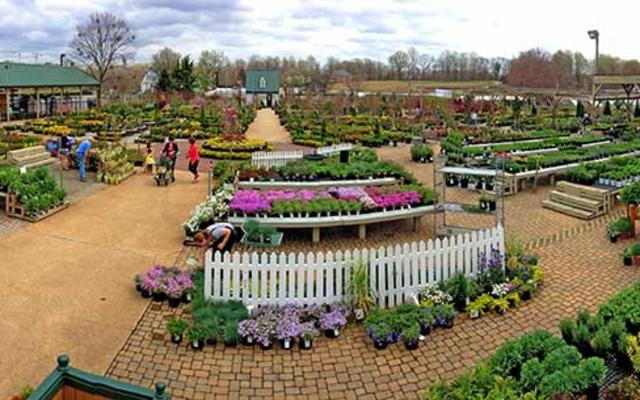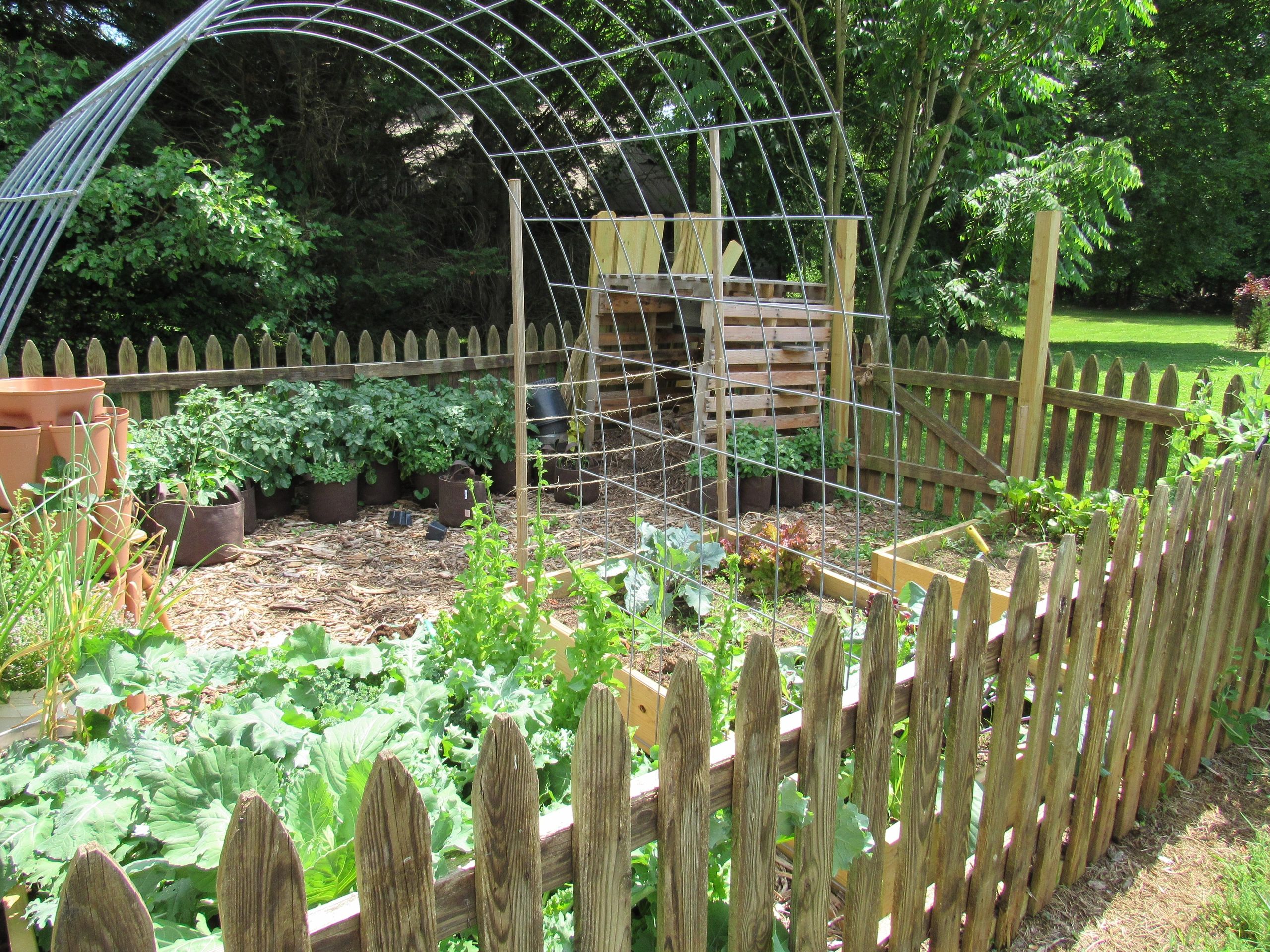Expert Tips for Flourishing Homestead Gardening Effort
Expert Tips for Flourishing Homestead Gardening Effort
Blog Article
Discover Vital Tips for Effective Horticulture Techniques and Practices
By prioritizing vital components such as dirt health and wellness, efficient watering methods, and ideal plant choice, gardeners can create a thriving community that supports vibrant growth. Several enthusiasts forget important information that can make or break their gardening success-- discovering these overlooked aspects may reveal the trick to growing a prospering garden.
Understanding Dirt Health
Dirt wellness is a fundamental facet of effective horticulture, as it directly influences plant growth, nutrition accessibility, and ecological community balance. Healthy soil is identified by a rich biodiversity of microbes, raw material, and a well balanced pH degree, which with each other produce an environment for plant advancement.
To recognize soil health and wellness, one must consider its physical, chemical, and biological residential or commercial properties. The structure and framework of dirt impact its capacity to keep dampness and nutrients, while the chemical make-up figures out the schedule of vital aspects like nitrogen, potassium, and phosphorus. Regular dirt testing is vital to evaluate these elements, allowing garden enthusiasts to make informed decisions concerning modifications and fertilizers.
Furthermore, promoting biological task within the dirt is crucial for preserving its wellness. Practices such as composting, crop rotation, and using cover crops can improve microbial variety, boost nutrient cycling, and reduce soil disintegration. By prioritizing dirt health and wellness, gardeners not just optimize plant growth however additionally add to a lasting environment, making certain that their gardening methods are resistant and eco responsible in time.
Efficient Watering Methods
Making sure that plants receive the appropriate amount of water is crucial for their health and development, particularly when coupled with a solid foundation of soil health (Homestead Gardening). Effective watering methods can dramatically influence plant vitality, decreasing water wastefulness and advertising ideal development
One fundamental technique is deep watering, which urges roots to expand deeper into the dirt, improving drought resistance. This strategy usually involves sprinkling much less frequently yet in bigger amounts, enabling moisture to penetrate the root area thoroughly. Timing is likewise vital; morning is the suitable time to water, as it decreases dissipation and permits foliage to dry during the day, decreasing condition threats.
Additionally, employing compost can aid preserve dirt dampness and manage temperature level, further helping efficient watering techniques. Utilizing a drip irrigation system can likewise give targeted moisture straight to the origins, ensuring that water gets to where it's most needed while preserving resources.
Checking rains and soil moisture levels can guide adjustments in your watering timetable, guaranteeing plants get consistent hydration without over-saturation. By adopting these reliable sprinkling methods, gardeners can foster a thriving atmosphere for their plants to flourish.
Plant Choice and Placement
Exactly how can the right plant selection and critical positioning transform a garden into a prospering ecosystem? When selecting plants, think about aspects such as climate, soil type, and sunlight direct exposure. Homestead Gardening.
Strategic placement involves arranging plants according to their growth habits and demands. Taller plants ought to be placed at the rear of boundaries to avoid shading much visit their website shorter plants. Furthermore, grouping plants with comparable water and light demands can enhance their development and minimize competition for resources.
Including a variety of plants not just includes visual charm but additionally promotes biodiversity, drawing in helpful insects and pollinators. Take into consideration the seasonal modifications in your yard; select a mix of perennials, evergreens, and annuals to make certain year-round interest.
Finally, remember to examine the mature dimension of plants prior to growing to avoid overcrowding and make sure adequate air flow. Thoughtful plant option and calculated positioning develop an unified environment, allowing your garden to flourish while reducing challenges.
Bug and Illness Monitoring
Reliable bug and condition administration is essential for keeping a healthy and balanced garden environment - Homestead Gardening. An click this link aggressive method, incorporating cultural, biological, and chemical techniques, can considerably decrease the impact of pests and conditions on your plants

Biological controls, such as presenting valuable bugs like ladybugs or aggressive termites, can keep parasite populations in check without damaging the atmosphere. In addition, maintaining plant wellness with proper watering, fertilization, and trimming will reinforce their strength against diseases.
When treatment is necessary, choose targeted chemical therapies, guaranteeing to adhere to application standards to reduce damage to non-target microorganisms. Always prioritize lasting techniques, as they promote long-lasting yard wellness and environmental balance. By incorporating these approaches, garden enthusiasts can efficiently handle conditions and pests, guaranteeing flourishing plants and a productive garden.

Seasonal Maintenance Practices
Throughout each season, carrying out targeted upkeep techniques is important for maximizing garden health and efficiency. In springtime, concentrate on dirt prep work by testing pH levels and adding necessary changes. This is likewise the suitable time to use fertilizers and mulch to keep wetness and reduce weeds. On a regular basis check emerging plants for pests and diseases.
As summertime strategies, make sure appropriate watering while monitoring for signs of stress or disease. Prune back overgrown plants to motivate air flow and reduce moisture around vegetation. This practice not only improves my blog plant health however likewise advertises blooming and fruiting.
With the arrival of fall, it's time to plan for winter season. Clean up dropped leaves and debris to stop insect problems, and consider growing cover crops to enrich dirt health. This period is likewise ideal for splitting perennials and growing spring-flowering light bulbs.
Final Thought
Successful gardening rest on the combination of sound methods in dirt health, watering, plant selection, pest monitoring, and seasonal maintenance. By prioritizing dirt testing and microbial diversity, utilizing reliable watering strategies, and selecting ideal plants, garden enthusiasts can develop thriving ecological communities. Furthermore, positive parasite management and attentive seasonal upkeep add considerably to general yard vitality. Accepting these methods promotes a productive and lasting horticulture environment, making certain prospering growth and durability throughout the changing periods.
By focusing on important components such as soil wellness, efficient sprinkling methods, and proper plant option, garden enthusiasts can create a flourishing ecosystem that supports vibrant development. By focusing on soil health, garden enthusiasts not only enhance plant growth however also add to a sustainable environment, making sure that their gardening methods are durable and environmentally responsible over time.
Taller plants should be placed at the back of boundaries to stop shading shorter plants. Clean up fallen leaves and particles to protect against bug problems, and consider growing cover crops to improve soil health.Successful gardening joints on the assimilation of sound techniques in soil health and wellness, watering, plant selection, insect monitoring, and seasonal maintenance.
Report this page